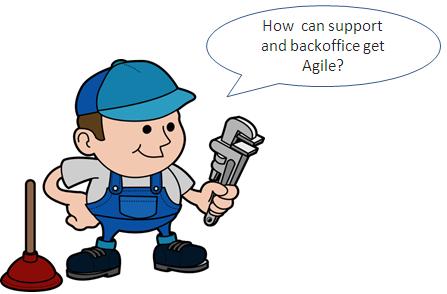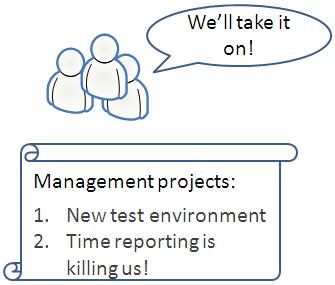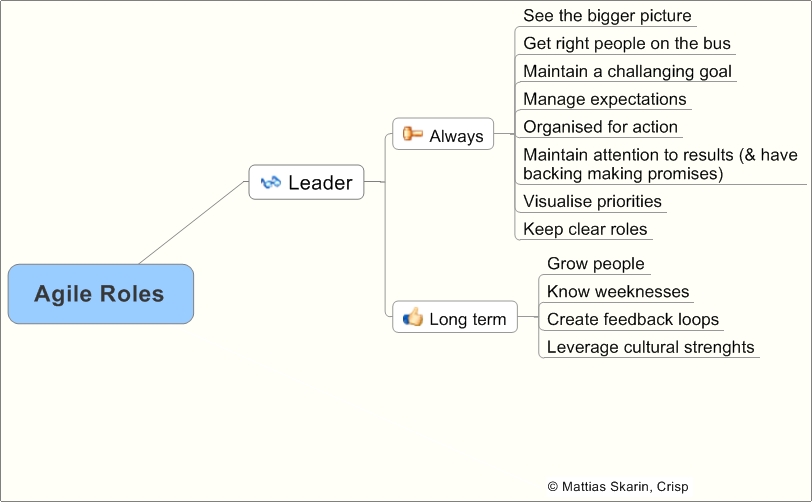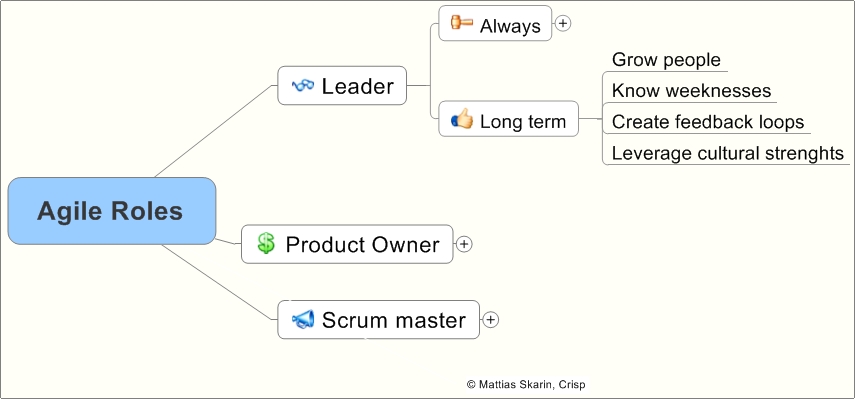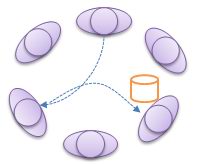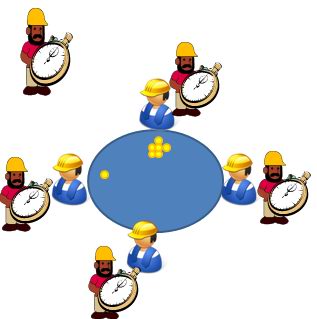5 months have now passed since we introduced Kanban and Agile to two teams. Here is a half way report:
Good stuff
- Trust has grown significantly, to developers and to managers
- The work they put in is now visible and appriciated in the organisation
- "We now have visibility and can affect our situation" / team member
- Both have taken significant steps from specialized individuals to teams. This is seen in frequent cooperation and problem solving.
- Knowledge sharing has intensified dramaitically
- Managers can instantly spot problems by walking through the department looking at the kanban boards
- 2 months after introduction, one team was voted "best in company" that sprint. It was also acknowledged as second highest "good" thing in company retrospective same period
Challenges remaining:
- It is hard to find clear team goals (there are no sprints)
- Knowledge sharing puts pressure on senior members, it is important to give something back, making their work fun
- A constant struggle fixing root causes outside team limits
- Teams evolves so rapidly it is hard for organisation to keep up!
The positive problem of the month
I was called in to one teams retro…
"we think we have a problem.."
"uhm.. (holding my breath) . tell me"
"well in our retro, we have too few problems…"
I’d love to see more of this 🙂
Continue reading
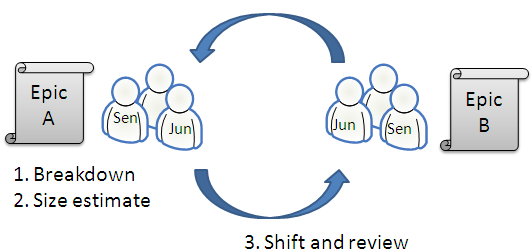
 nows the constant attention required and the difficulty to find uninterrupted time. (phone ringing constantly..)
nows the constant attention required and the difficulty to find uninterrupted time. (phone ringing constantly..) 






